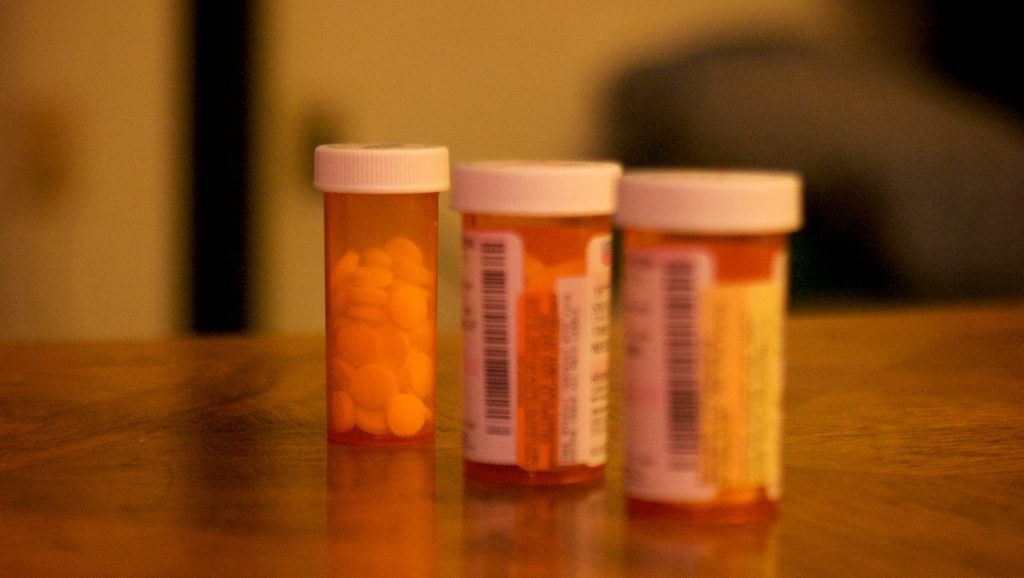How can we prevent opioid addictions from starting? Stanford pediatrician Alan Schroeder, MD, thinks one avenue is to examine whether the opioids given after routine procedures -- and the procedures themselves -- are always needed in the first place.
Schroeder, the associate chief for research in pediatric hospital medicine at Lucile Packard Children's Hospital Stanford, studies what he calls "safely doing less" (which also happens to be his Twitter handle). He wants to identify areas of pediatric medicine where routine practices may put patients at unnecessary risk.
A new scientific paper that Schroeder and colleagues published in JAMA Internal Medicine examined opioid prescriptions that 16- to 25-year-olds received from their dental providers. Wisdom tooth extractions are very common in this age group, and opioids are often given for pain management after the procedure, but a 2016 Cochrane review found uncertain benefits to removal of disease-free wisdom teeth.
The scientists used a large insurance database to compare patients who had and had not received opioids from dentists, oral surgeons and other dental providers during 2015. Nearly 15,000 young people had gotten such prescriptions; the median number of pills prescribed was 20. Our press release explains more about what the study found:
Compared with patients in the control group, the group that received dental opioids had significantly greater rates of continuing opioid use and abuse.
'Almost 7 percent of these patients had new, persistent use at least three months after the initial prescription and almost 6 percent had an opioid abuse diagnosis,' Schroeder said. 'That's pretty alarming.'
In the comparison group -- those without opioid prescription from their dental providers -- 0.1 percent received another opioid prescription and 0.4 percent were diagnosed with opioid abuse during the follow-up period.
In a story in today's Washington Post, Schroeder explained how he hopes the findings will be used:
'Given the gravity of the opioid epidemic, the degree of persistent use and abuse we observed in adolescents and young adults, especially females, is alarming,' said [Schroeder.] 'Our findings should trigger heightened scrutiny over the frequency of prescribing dental opioids.'
Photo by Tom Small




